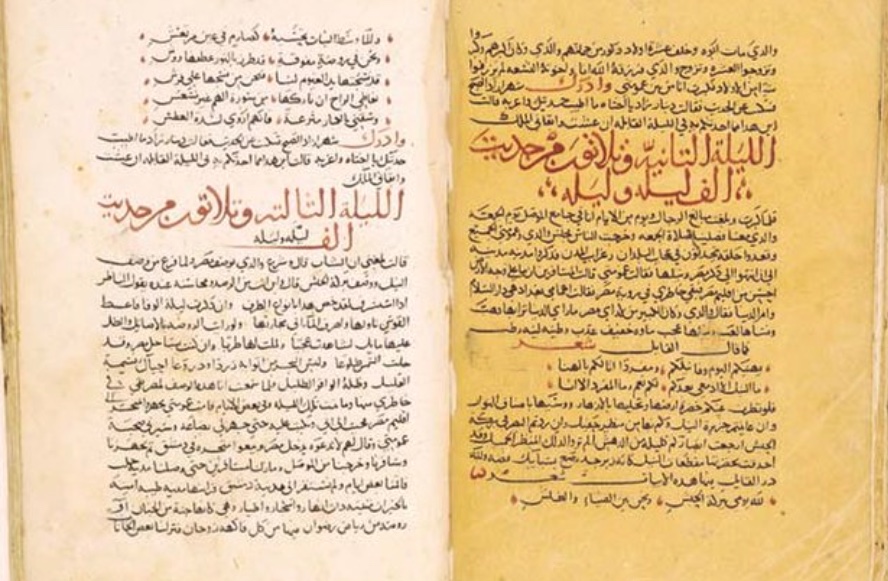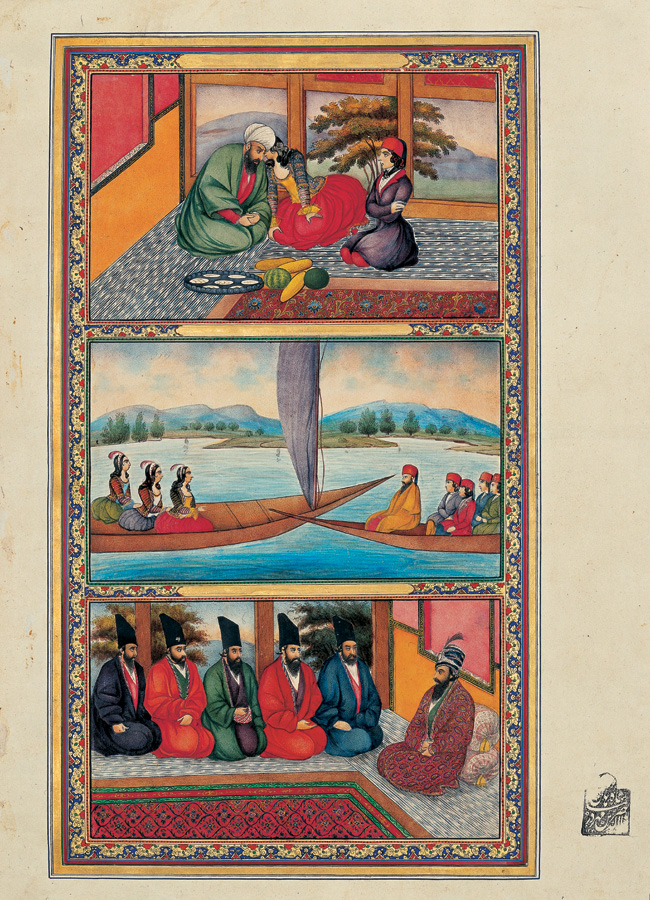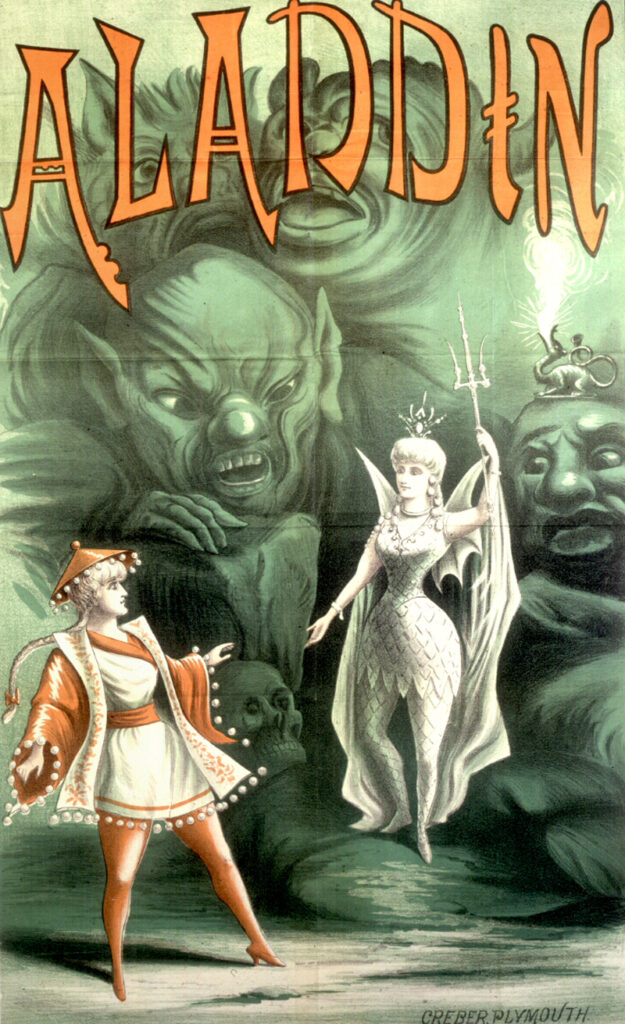The Art of Arab Storytelling: One Thousand and One Nights

By: Fedal Hanoun / Arab America Contributing Writer
Storytelling has deep roots in Arab society, stretching back thousands of years through oral traditions, poetry, and intricate folktales. One of the most important works to emerge from this rich legacy is One Thousand and One Nights. This collection of stories has captivated audiences for centuries and profoundly influenced world literature.
Compiled over many generations, these magical tales showcase the complexity of Arab narrative techniques, the depth of moral lessons, and the creative spirit at the heart of the region’s literary traditions. From its philosophical insights to its unique storytelling methods, One Thousand and One Nights has left a lasting mark on global storytelling. Its influence can be seen in everything from European fairy tales to modern novels and films.
The Origins of One Thousand and One Nights

Often referred to as Arabian Nights, the collection One Thousand and One Nights is a blend of traditional stories from various civilizations, including Persian, Indian, and Arab cultures. Although its exact origins remain unclear, most scholars believe the earliest versions of these tales were compiled in the 9th or 10th century, with additional stories added over time.
A key feature of Arab storytelling is evident in the collection’s framing device. The clever and resourceful Scheherazade tells a series of tales to delay her execution by King Shahryar. This structure not only serves as a literary technique to connect the many stories, but also highlights the role of storytelling as a means of survival, wisdom, and power.
Themes and Narrative Techniques in Arab Storytelling
Arab storytelling—especially in One Thousand and One Nights—is marked by intricate narrative structures, layered storytelling, and a seamless blend of reality and imagination. The “stories within stories” technique, where characters narrate their own tales, creates a deeply immersive experience. This approach has influenced literary traditions worldwide. Later works such as Giovanni Boccaccio’s Decameron and Geoffrey Chaucer’s The Canterbury Tales also use frame narratives to organize their plots.


Arab folktales often explore themes of fate, morality, justice, and transformation. The character of Scheherazade herself embodies the idea of wisdom overcoming brute force, as she uses intelligence and storytelling to change her fate. Magical elements—such as jinn, spells, and supernatural powers—feature prominently in well-known stories like Aladdin and the Magic Lamp and Ali Baba and the Forty Thieves, helping to shape the global fantasy genre.
Impact on Cinema and Popular Culture

The themes and motifs of One Thousand and One Nights have extended far beyond literature, influencing film, theater, and popular culture. Though often reinterpreted through a Western lens, Hollywood adaptations—such as the various versions of Aladdin—have introduced audiences worldwide to the allure of Arab folktales. The impact of these stories can be seen across genres, from fantasy and adventure to science fiction. A recurring motif in Arab folklore—the clever protagonist who overcomes immense challenges through wit and ingenuity—has become a staple in global storytelling.
Contemporary works, from Neil Gaiman’s Sandman series to J.R.R. Tolkien’s The Lord of the Rings, reflect the imaginative depth and mythological richness found in Arab narrative traditions. The framing device used in One Thousand and One Nights—an overarching story that connects multiple smaller tales—has become a foundational structure in modern literature and film alike.
Preserving and Celebrating Arab Storytelling Traditions
Arab storytelling has had a profound impact, but it’s important to acknowledge and respect its unique cultural roots. In today’s literary landscape, many Arab authors are reclaiming this legacy, creating works that honor traditional oral storytelling while addressing contemporary themes. Writers like Naguib Mahfouz and Leila Aboulela skillfully incorporate classic Arab narrative techniques into their writing, ensuring that the legacy of One Thousand and One Nights remains vibrant and relevant.
Efforts to preserve Arabic oral traditions—through academic research, digital archives, and literary festivals—further highlight the enduring significance of these stories. Embracing Arab narrative traditions not only enriches global literature but also fosters cross-cultural understanding, especially as globalization brings diverse cultures into closer contact.
Conclusion
Global literary and narrative traditions have been deeply influenced by the art of Arab storytelling, as exemplified by One Thousand and One Nights. Its inventive narrative structures, timeless themes, and boundless imagination have inspired writers, filmmakers, and artists around the world. The stories of Scheherazade continue to resonate today, reminding us of the enduring power of storytelling to entertain, enlighten, and connect people across cultures.
Arab storytelling remains a vibrant and essential part of the global literary heritage, as new generations of writers and storytellers build upon its rich foundation.
Want more articles like this? Sign up for our e-newsletter!
Check out our blog here!









